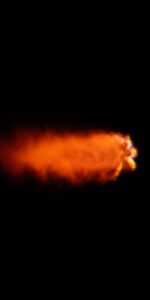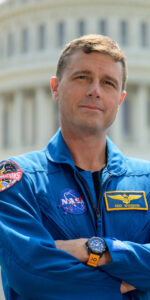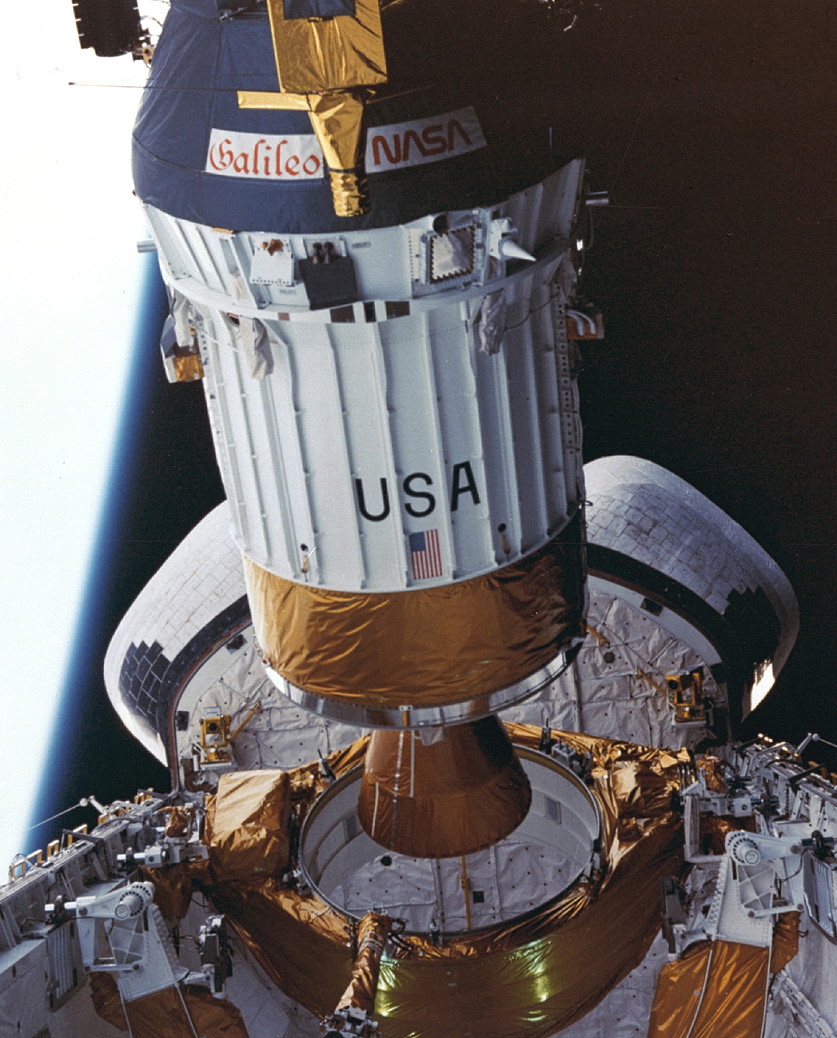
More than three decades ago, Boeing’s Inertial Upper Stage (IUS) and a space probe bound for another world drifted silently out of shuttle Atlantis’ cavernous payload bay and into the inky void for a voyage of unprecedented exploration. Emblazoned on its side were two names: “Galileo” in script and “NASA” in block capitals.
For astronaut Shannon Lucid, watching the deployment of the Galileo spacecraft to Jupiter on 18 October 1989, the two fonts represented both the romance of adventure and the engineering talent to realize a mission to the Solar System’s largest planet. Yet Galileo’s journey to the launch pad had been a long and tortured one and its trip to Jupiter would be longer and harder still.
Named in honor of the great Italian scientist Galileo Galilei, whose endeavors in the early 17th century included the discovery of Jupiter’s four large moons—Ganymede, Callisto, Europa and Io—the mission received Congressional approval in 1977, with plans to launch aboard the shuttle and a Boeing-built IUS in 1981. However, problems certifying the shuttle’s main engines to function at the 109-percent power level necessary to lift Galileo piled uncertainty onto this schedule and the launch made the first of several inexorable slips to the right.
Delayed until 1982 at the soonest, there existed concerns that its scientific work at Jupiter might be compromised, with only five orbits of the giant planet achievable, rather than the original 11. NASA eventually switched from the IUS to General Dynamics’ more powerful, liquid-fueled Centaur-G Prime, although the mission teetered on the brink of cancelation for several months.
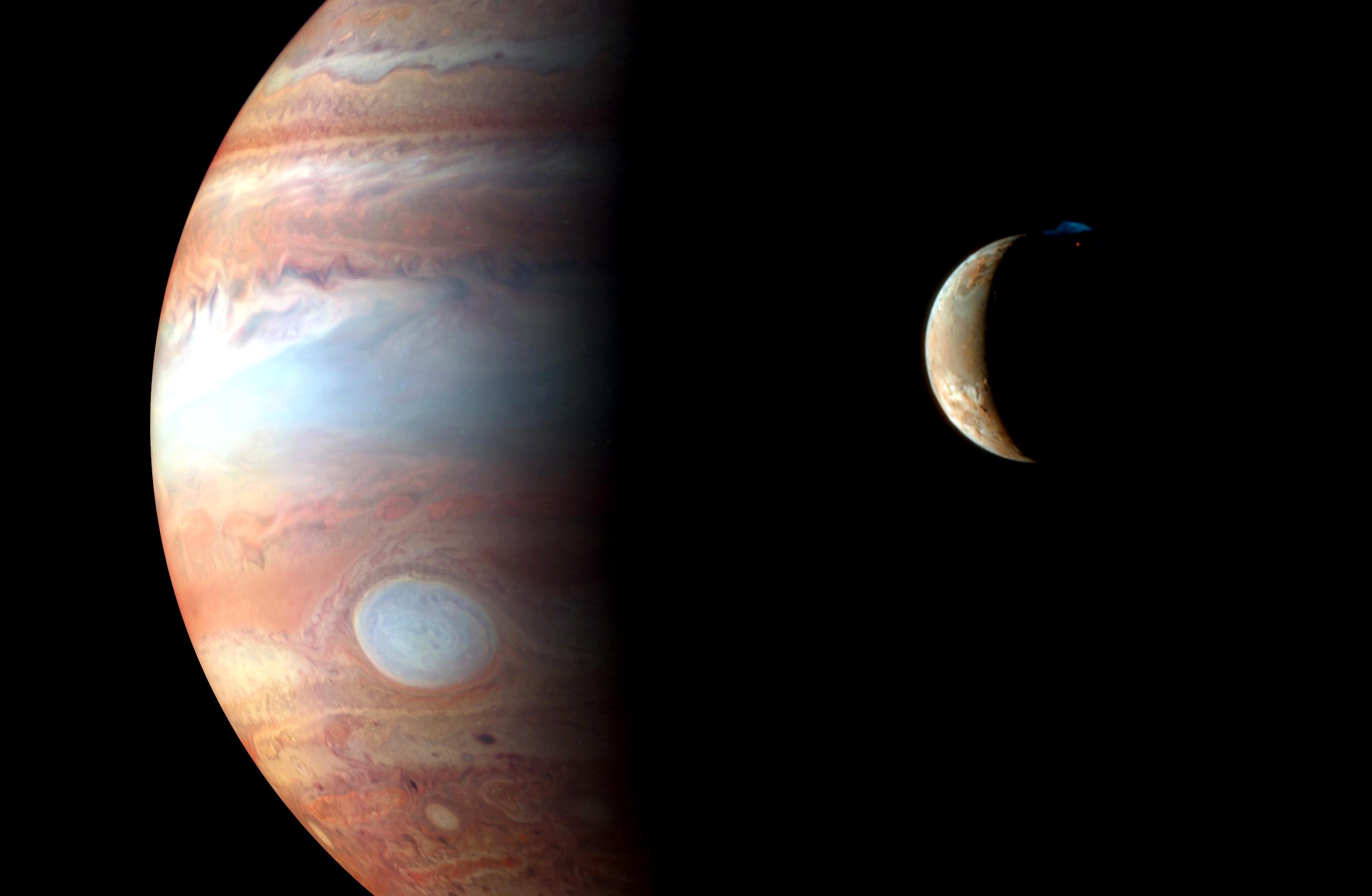
Reassigned for a time to fly on a cheaper IUS, together with an “injection stage” for added propulsion, launch was rescheduled for 1985, but the absence of the Centaur-G Prime meant a longer journey time (five years instead of two) and a complex flight profile of gravity assists to get to Jupiter. Eventually, Galileo shifted back onto the Centaur-G Prime, with launch targeted for May 1986.
In the meantime, the hardware for the mission was taking shape. Galileo would become the first spacecraft to enter orbit around Jupiter and would deploy an instrumented probe into the planet’s hellish atmosphere. The supersonic parachute for that probe underwent full-scale testing in the fall of 1983 and spacecraft and probe were integrated in September of that year.
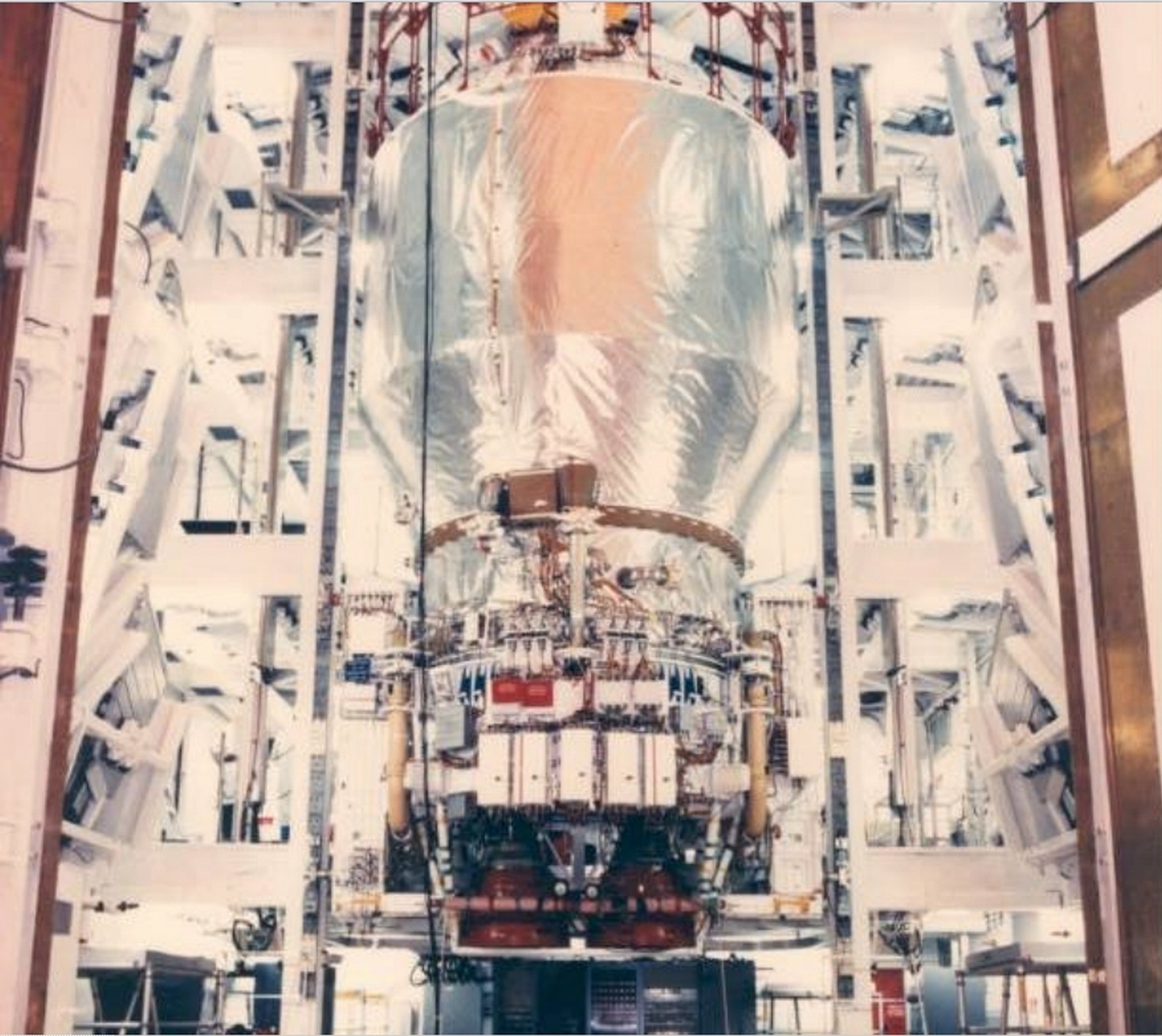
The Centaur-G Prime was complete by August 1984 and the mission was taking on the character of a true voyage of exploration, as NASA endorsed other possible tasks for Galileo, including a flyby of the primordial asteroid Amphitrite. It was recognized that an Amphitrite flyby would delay Galileo’s arrival at Jupiter from August to December 1988 and NASA decided to make a final decision after launch.
Shortly before Christmas 1985, Galileo was trucked overland to the Kennedy Space Center (KSC) in Florida for launch. Then, on 28 January 1986, Challenger exploded during liftoff.
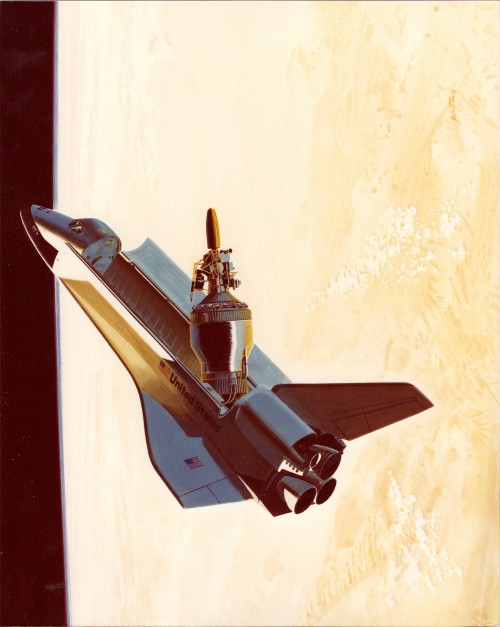
The disaster irrevocably changed Galileo’s whole future. Talk of returning the shuttle to flight in early 1987 meant the earliest available launch “window” to get to Jupiter did not open until June of that year.
But modifications to the shuttle’s twin Solid Rocket Boosters (SRBs)—together with a range of other improvements across the fleet—pushed that schedule further to the right and it was not until September 1988 that another mission flew. In the meantime, the hazardous Centaur-G Prime had been formally canceled in June 1986 and Galileo, again, was retargeted to fly atop a safer IUS.
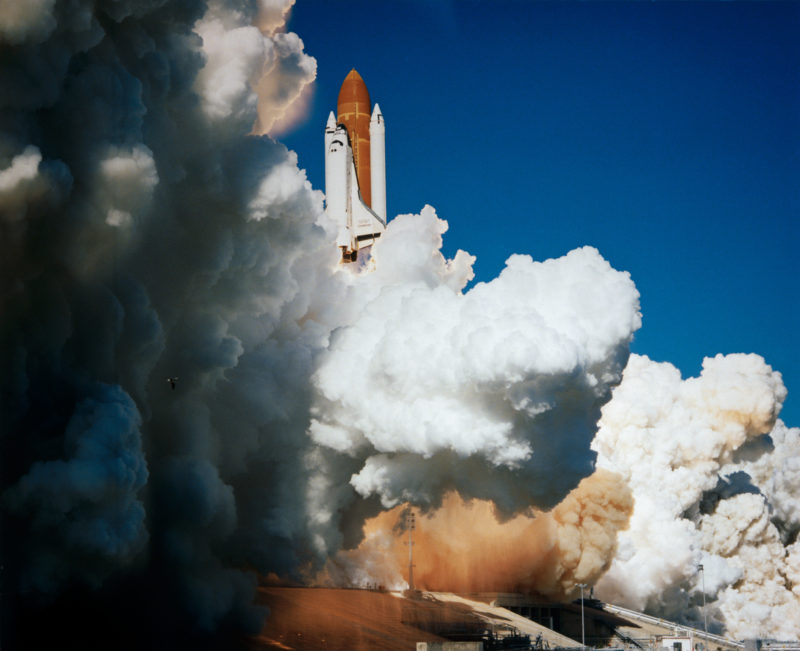
This presented a problem, for the IUS was not powerful enough to send Galileo directly to Jupiter. A complex flight profile called the “Venus-Earth-Earth Gravity Assist” (VEEGA) was conceived.
It envisaged launching in October-November 1989, flying past Venus in February 1990, twice past Earth in December 1990 and December 1992 and eventually getting to Jupiter in December 1995. The VEEGA profile permitted rendezvous with up to three asteroids—Ausonia, Gaspra and Ida—and eventually the latter pair were chosen.
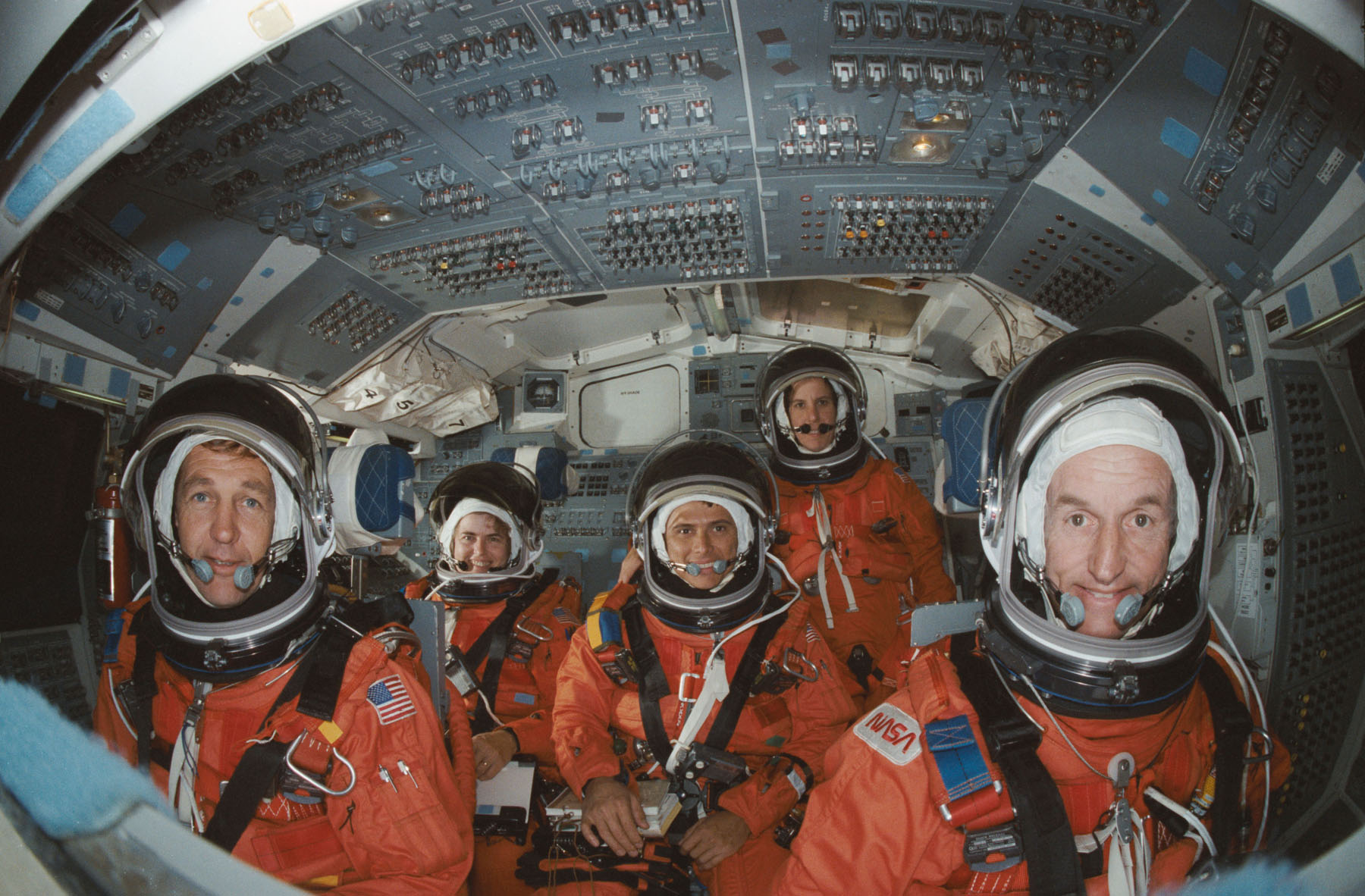
In November 1988, Commander Don Williams, Pilot Mike McCulley and Mission Specialists Shannon Lucid, Franklin Chang-Diaz and Ellen Baker were assigned to STS-34, the flight scheduled to launch Galileo during a six-week-long “window” which opened on 12 October 1989. However, more trouble was afoot, for Galileo’s power system came under intense media and public scrutiny.
Flying far from the Sun, the use of solar panels was negated in favor of plutonium-fed Radioisotope Thermoelectric Generators (RTGs), upon which anti-nuclear demonstrators hungrily pounced. Peace marches were undertaken, mock “death scenes” enacted and representatives of anti-nuclear groups gathered at the KSC gates to express their fear that a repeat of Challenger could spread radioactive plutonium across the United States’ eastern seaboard.
It was not a groundless fear and, indeed, it took final approval from President George H.W. Bush in September 1989 for the launch to go ahead. Noted physicist Carl Sagan remarked that “there is nothing absurd about either side of this argument”.
With only six weeks to launch, timing was tight. And security was increased at KSC, as guards armed with M-16 assault rifles and semi-automatic pistols patrolled the perimeter of the launch site.
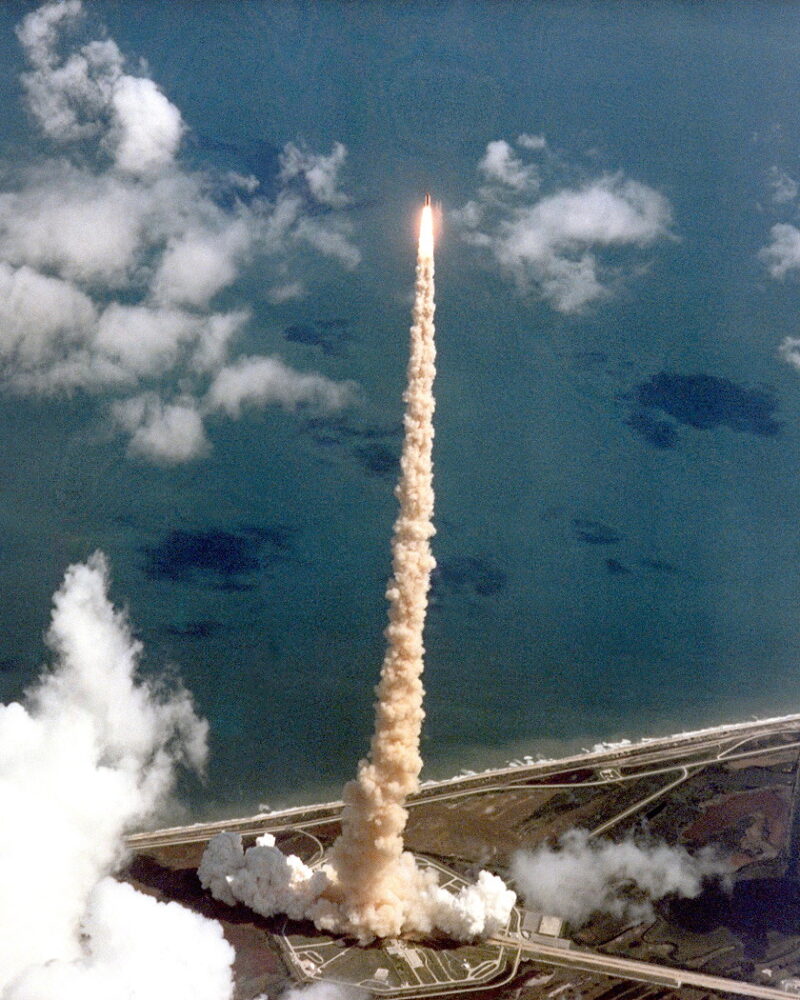
A faulty main engine controller put paid to Atlantis’ launch on 12 October, whilst a second attempt on the 17th was scrubbed due to looming rain showers. During those final days, the last attempts to halt STS-34 were overturned by the Circuit Court of Appeals in Washington, D.C., with Chief Justice Patricia Wald declaring that NASA had properly compiled all environmental assessment reports and, indeed, on the 16th, several activists were arrested at the Cape for trespass.
Early on the wet morning of 18 October 1989, Williams led his crew out to Pad 39B and the waiting Atlantis. Their launch was postponed by a few minutes as the shuttle’s computers were updated to change their Transoceanic Abort Landing (TAL) emergency site from rain-soaked Ben Guerir in Morocco to Zaragoza in Spain.
The sheer dynamism of their 12:53 p.m. EDT liftoff came at 12:53 p.m. EDT came as a surprise to first-time flyer McCulley. At one point, as the shuttle cleared the tower, he turned to Williams and jokingly remarked “You didn’t prepare me for this!”
Another thing which came as unexpected was the separation of the twin Solid Rocket Boosters (SRBs), two minutes into ascent. “In the simulator, there’s a flashbulb that goes off when you get to SRB sep,” McCulley said later, “and in real life there’s an explosion that goes off, right in front of your face. It was wonderful … but it was surprising!”
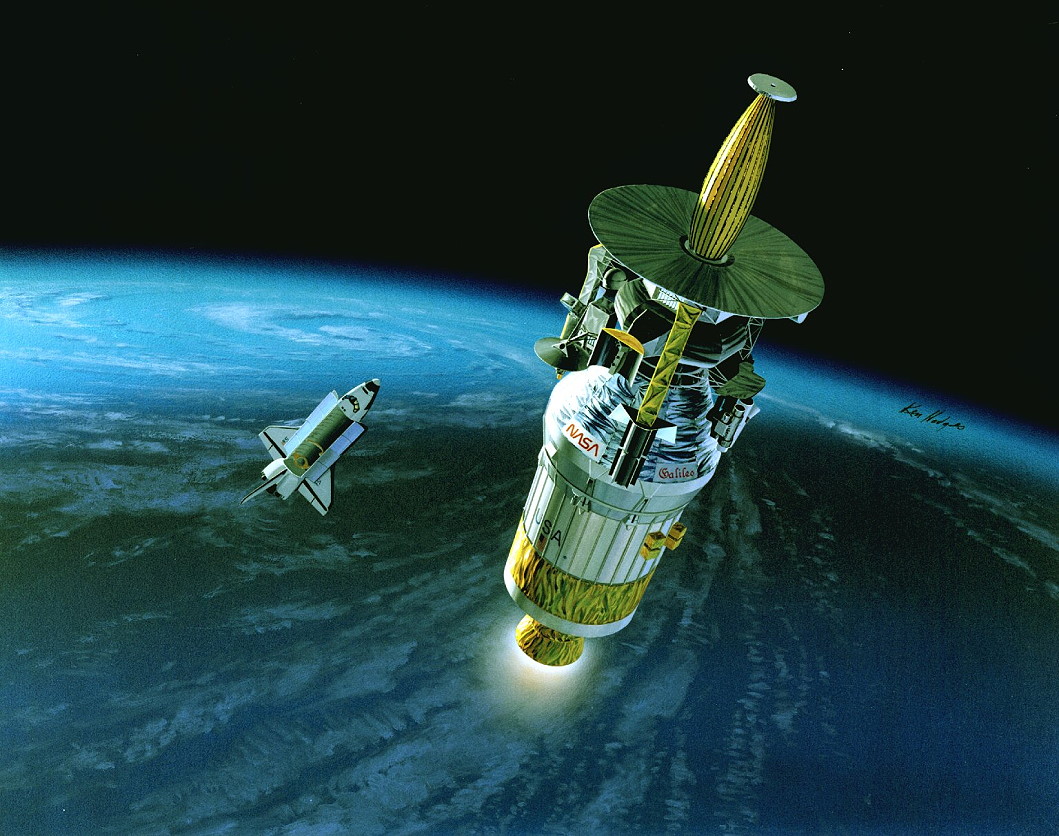
Six hours later, at 7:15 p.m. EDT, under the watchful eye of Lucid, the Galileo/IUS combo were tilted to their deployment configuration in Atlantis’ payload bay and set free. “Galileo is on its way to another world,” radioed Williams.
“It’s in the hands of the best flight controllers in the world. Fly safely!” Shortly afterwards, he and McCulley maneuvered the shuttle to a safe distance and the two-stage IUS executed a pair of “burns” to send Galileo out of Earth orbit and onward to Venus as part of its VEEGA trajectory to Jupiter.
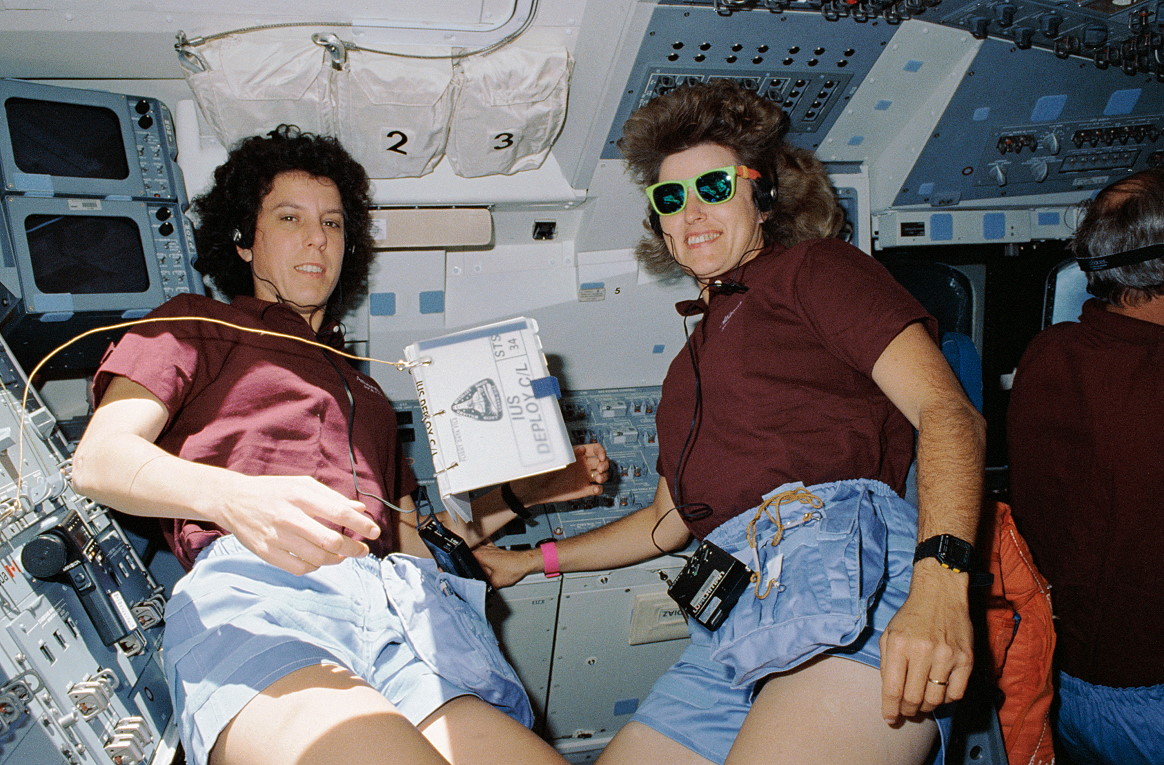
“Both Ellen and I sighed a great sigh of relief,” remembered Lucid of those adrenaline-charged minutes of deployment, “because we figured Galileo was not our concern at that point. We’d gotten rid of it. Happiness was an empty payload bay and we got happier and happier as the IUS and Galileo went further away from us.”
Eighteen months into its cruise, and several months after its first flyby of Earth, Galileo’s high-gain antenna only partially unfurled, threatening to ruin the mission. “Workaround” techniques were devised to use the low-gain antenna instead, and the spacecraft returned remarkable images from Gaspra (in October 1991) and Ida (in August 1993) and, far from conducting two years of scientific exploration at Jupiter, Galileo spent almost eight years there.
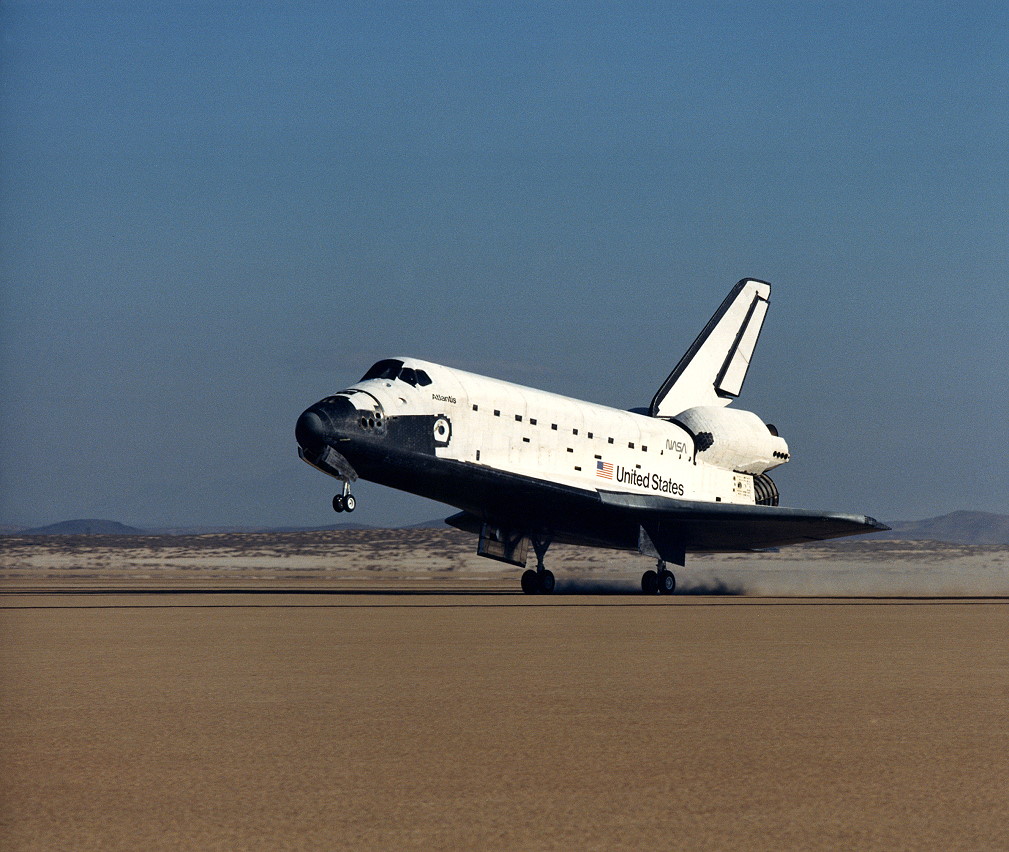
It measured the chemical composition of the giant planet’s atmosphere, directly observed its ammonia clouds and mysterious Great Red Spot, analyzed the causes and effects of volcanism on Io and yielded tantalizing clues for liquid oceans beneath the frozen surfaces of Europa and Ganymede and the extent of Jupiter’s gigantic magnetosphere was mapped and modeled for the first time. On its way to the planet, in July 1994, Galileo also observed the impact of Comet Shoemaker-Levy 9 into the Jovian clouds.
Predicted high winds at Edwards Air Force Base, Calif., on 23 October prompted NASA to bring Atlantis home two orbits sooner than planned. Williams and McCulley flew their ship to a smooth touchdown at 6:33 a.m. PDT (12:33 p.m. EDT) after five days in space. In his mind, Williams considered STS-34 to have accomplished quite remarkable things for science. “We knew that Galileo was going to be a lasting program,” he said. “It was going to be a living, ongoing program and we got to be a part of it.”




